The H.E.S.S. Prize Hall of Fame
With the H.E.S.S. Prize, the collaboration acknowledges young scientists (PhD, postdoc, junior staff) who made outstanding service contributions to the experiment. Such contributions might range from hardware maintenance to various aspects of data handling including outstanding analyses (the development of a new analysis technique allowing a measurement not possible before) or a key contribution to an important scientific discovery. The prize is awarded at every collaboration meeting through a confidential vote by the Collaboration Board.
List of H.E.S.S. Prize Winners
Tim Lukas Holch
Second semester 2022 (Windhoek Collaboration Meeting)
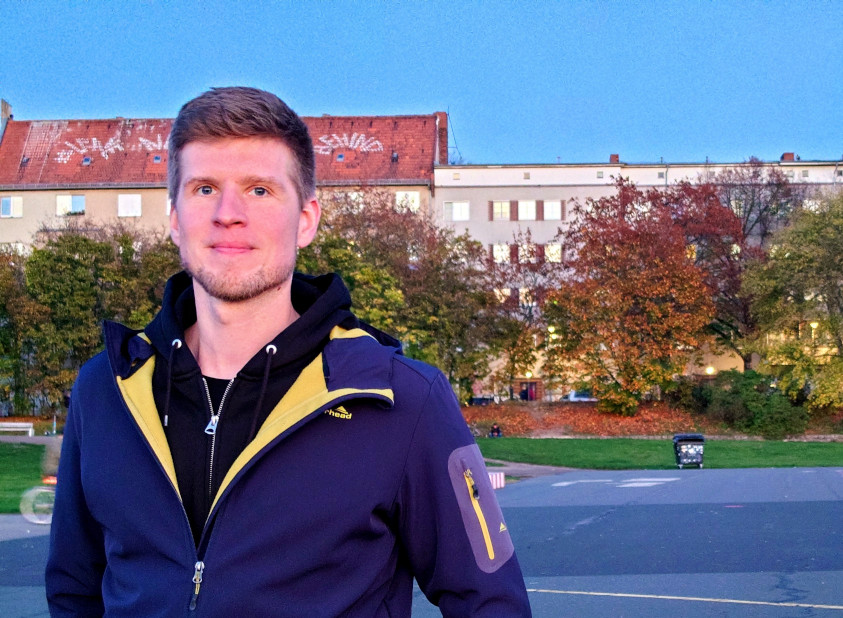
Dr. Tim Holch was awarded the H.E.S.S. prize for his many contributions to different elements of HESS operations and data analysis. From the start of his PhD project within HESS Tim was an essential member of the data acquisition team. In this capacity he has implemented remote observing with the HESS telescopes from a control room in Zeuthen, safeguarding operations in the challenging times of the Covid pandemic. He had been the key person in tracking data transfer to Europe. Besides his contributions to HESS operations, Tim has participated to the efforts of improving the understanding of the instrumental response and data quality. He contributed to the efforts in validating Monte Carlo simulations from the individual components to the whole array against the data. Based on this project, Tim is now leading the development of a novel algorithm for data analysis to correct for atmospheric variation improving the accuracy of many measurements and thus enhancing the amount of data that is available for scientific analysis.
Sylvia Zhu
First semester 2022 (Paris Collaboration Meeting)
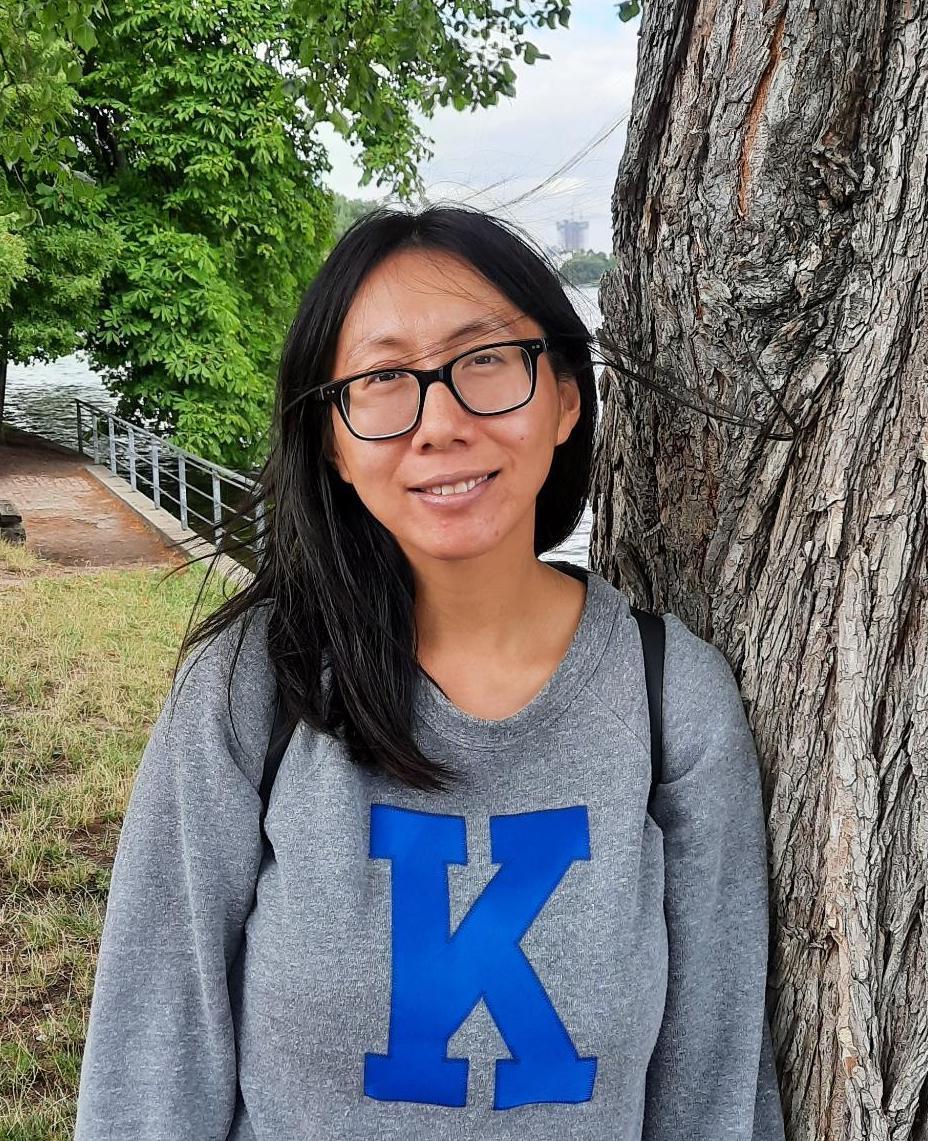
Dr. Sylvia Zhu was awarded the H.E.S.S. prize for her contribution to efficient H.E.S.S. operations, the diligent and careful oversight of the H.E.S.S. data acquisition system (DAQ), coordination of the H.E.S.S. GRB team, and numerous science communication and outreach activities. Sylvia is a postdoctoral researcher who has acted as DAQ lead since 2019 and significantly contributed to the upgrade of the system in 2019/2020. In this role, she is the main contact for shift personnel in troubleshooting problems -- a particularly important task during the challenging Corona pandemic when only remote support was possible. She also helped establish the first H.E.S.S. remote operations control room. As GRB coordinator she continues to shape the GRB science program and its multi-wavelength activities. Her continued strong commitment to science communication and outreach efforts elevated the visibility of H.E.S.S. and, in particular, its early-career scientists.
Halim Ashkar
Second semester 2021 (Internet Meeting)
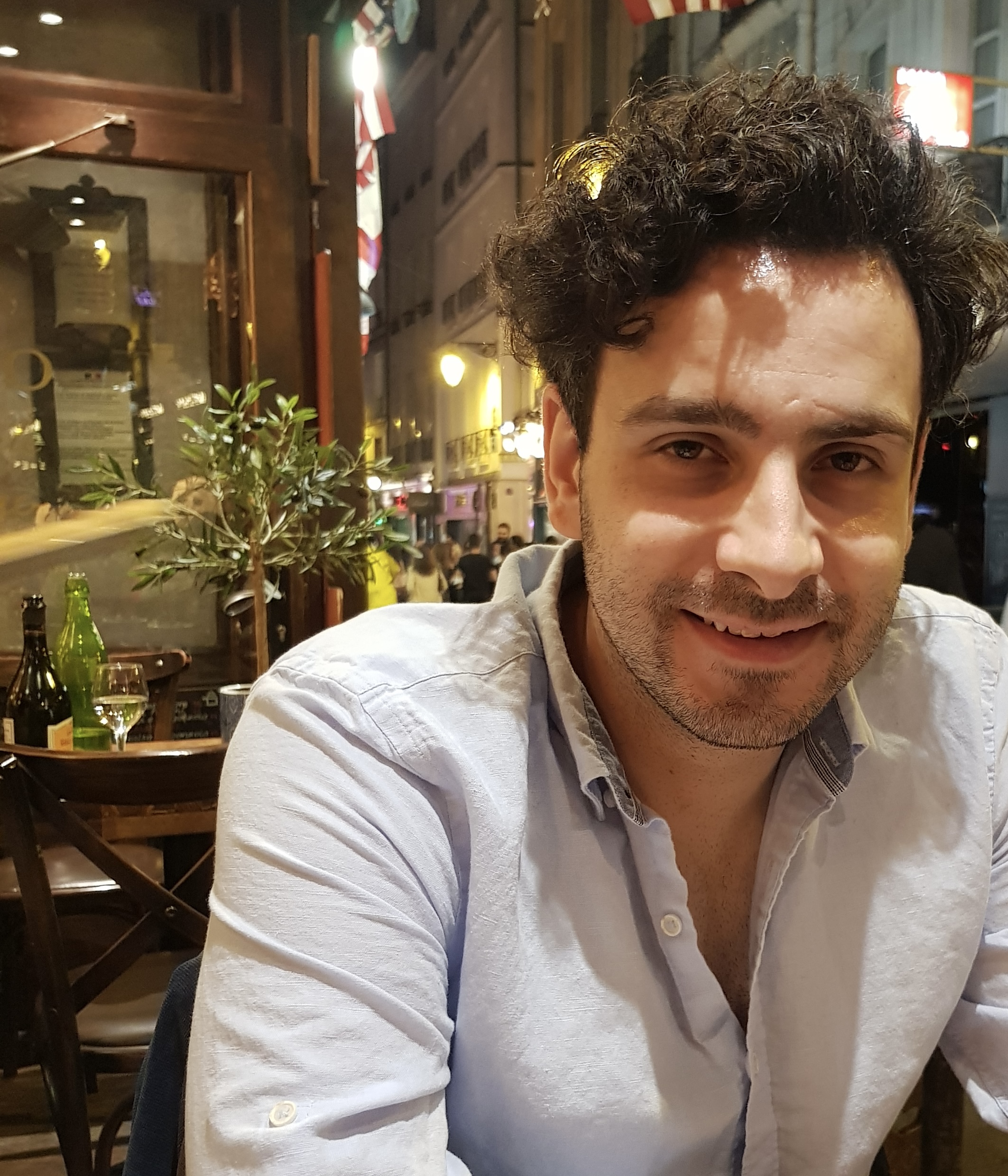
Dr. Halim Ashkar was awarded the HESS prize for his contribution to the H.E.S.S. multi-messenger program. Halim recently graduated from the Université Paris-Saclay where he worked at IRFU / CEA Paris-Saclay on many aspects of the H.E.S.S. transient program. For example, he added a connection between the UTMOST radio telescope and the H.E.S.S. transients follow-up system, which enables automatic follow-up of FRBs and participated in several MWL campaigns searching for MWL counterparts to FRBs (DeeperWiderFaster, MeerKAT). In this context he was responsible for the joint H.E.S.S. and Swift campaign on SGR1935+2154 during the activity phase in April/May 2020 linked to the detection of the first Galactic FRB and its X-ray counterpart. Halim also developed, implemented and commissioned novel algorithms in the transient follow-up system improving the automatic response of H.E.S.S to gravitational wave detections. These have been used successfully during the physics run O3 of Advanced LIGO and Advanced Virgo. Since 2019 Halim is leading the gravitational wave task group of the H.E.S.S. collaboration. Using this expertise, he also extended the H.E.S.S. gamma-ray burst program to cover large uncertainty regions (e.g. tiling of bursts detected by Fermi-GBM) thereby greatly improving our chances of catching the VHE emission associated to gamma-ray bursts.
Lenka Tomankova
First semester 2021 (Internet Meeting)
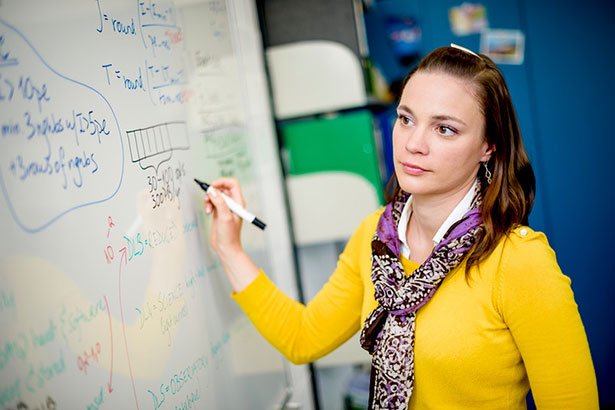
Dr. Lenka Tomankova was awarded the HESS prize for her contribution to enabling moon light and twilight observations with the H.E.S.S. telescopes. Lenka coordinated the moonlight task group that was established in 2019. Her work included the definition of moon parameter phase space suited for H.E.S.S. observations, sensitivity studies and unification of the gains during dark and weak-to-moderate moon light observations as well as the study of the NSB and triggering behaviour for these observations. All these - together with a strong support team - contributed to the implementation of moonlight observations resulting in an increase in the amount of data obtained with the H.E.S.S. telescopes. This is particularly advantageous for time-domain science which takes up an increasing fraction of the H.E.S.S. observing program. We are looking forward to a significant increase in observing time resulting from the work of Lenka and her team in 2021.
Alison Mitchell
Second semester 2020 (Internet Meeting)
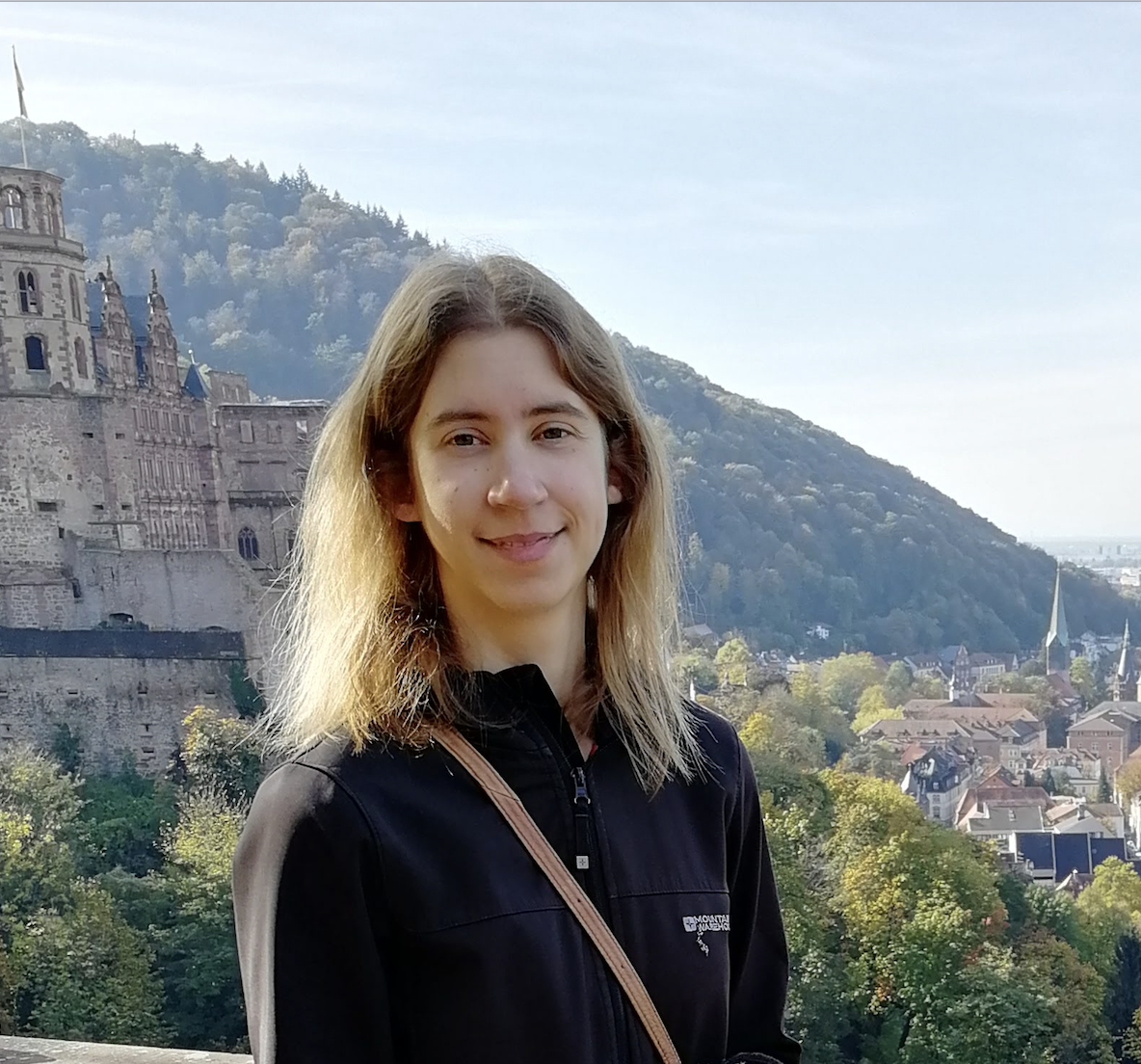
Alison was awarded the H.E.S.S. prize for numerous contributions to the H.E.S.S. experiment, both technical and scientific. During her PhD work in Heidelberg Alison took responsibility for the calibration of data using muons, adapting the calibration to the second phase of the experiment (H.E.S.S. II) as well as significantly improving the accuracy and stability of this analysis. More recently, Alison took care of implementing the new day shift crews, which work with the on-site team to monitor H.E.S.S. data quality and identify problems. This activity was established from scratch and has shown Alison’s skill at engaging and coordinating the yeams (often including new H.E.S.S. members) and supporting them in their daily work. Alison has also led several H.E.S.S. science publications, including the measurement of HESS J1825-137’s extension and spectrum and the detection of the large and local Pulsar Wind Nebula surrounding Geminga. Both these analyses have require a thorough technical understanding of both the instrument and the data analysis and have led to further improvements of these aspects for the collaboration as a whole.
Cornelia Arcaro
First semester 2020 (Internet Meeting, awarded November 2020)
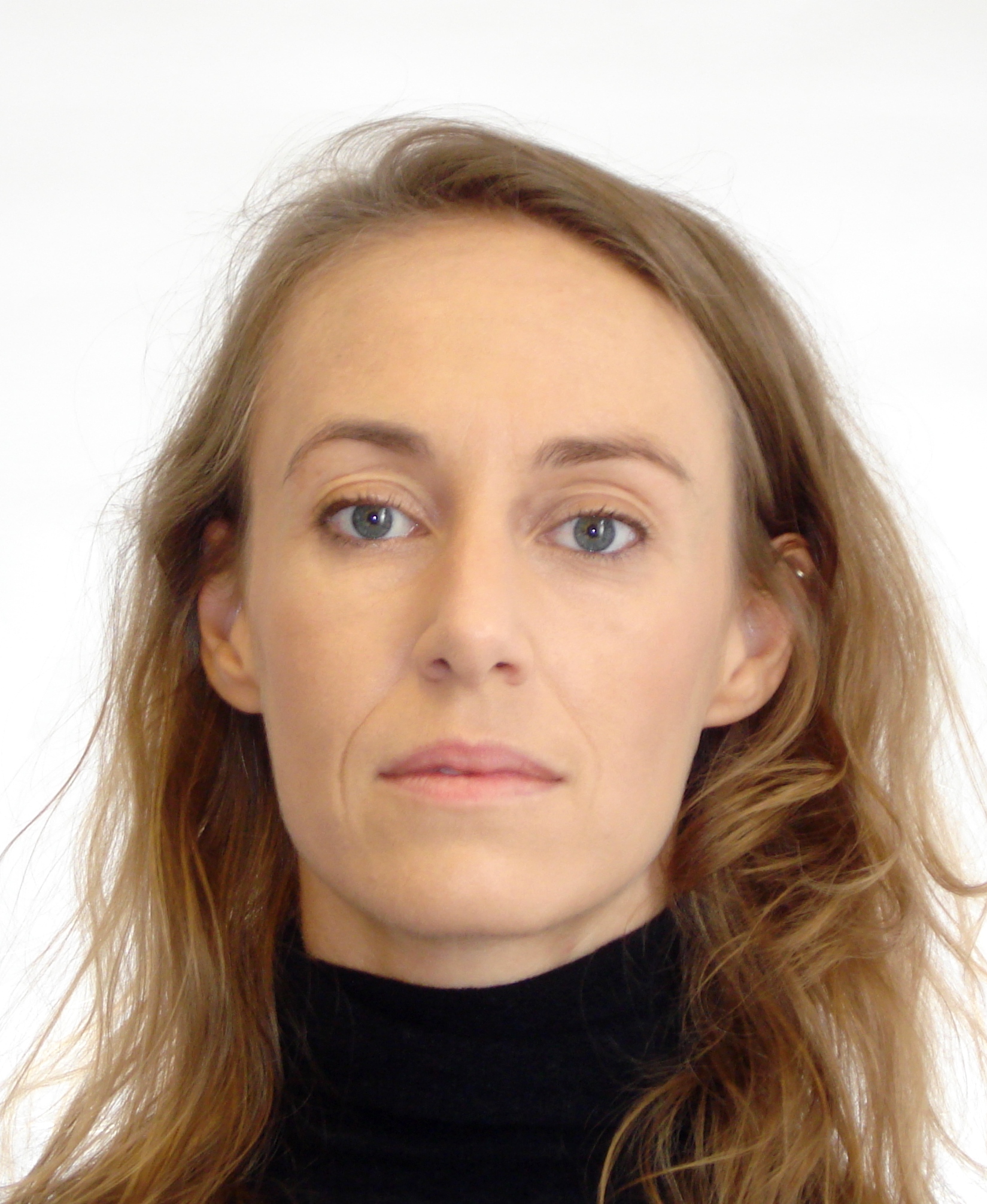
Cornelia Arcaro was awarded the HESS Prize in November 2020 for her tremendous work in recovering, maintaining and documenting the H.E.S.S. pointing models. The pointing models are used to calibrate the telescopes' positioning systems, by comparing the locations of bright stars measured by external cameras on the telescopes to their expected positions. Cornelia's work included smoothly and regularly producing pointing models by checking the data, processing the models, identifying and monitoring changes, as well as updating and maintaining the documentation. She engaged with many aspects connected to the generation of pointing models, including GPS timing, and CCD cameras. Moreover, Cornelia has been very active as member of the GRB team. She has served as a gamma ray burst expert on-call for many shifts. Her engagement in the GRB team came to fruition when being the resident observer and shift-GRB-expert in the night the very first GRB to be discovered in the VHE energy range was observed (GRB 180720B). Her on-site presence was an important asset in securing these transformative observations.
Thomas Murach
Fall 2019 (Annecy Collaboration Meeting)
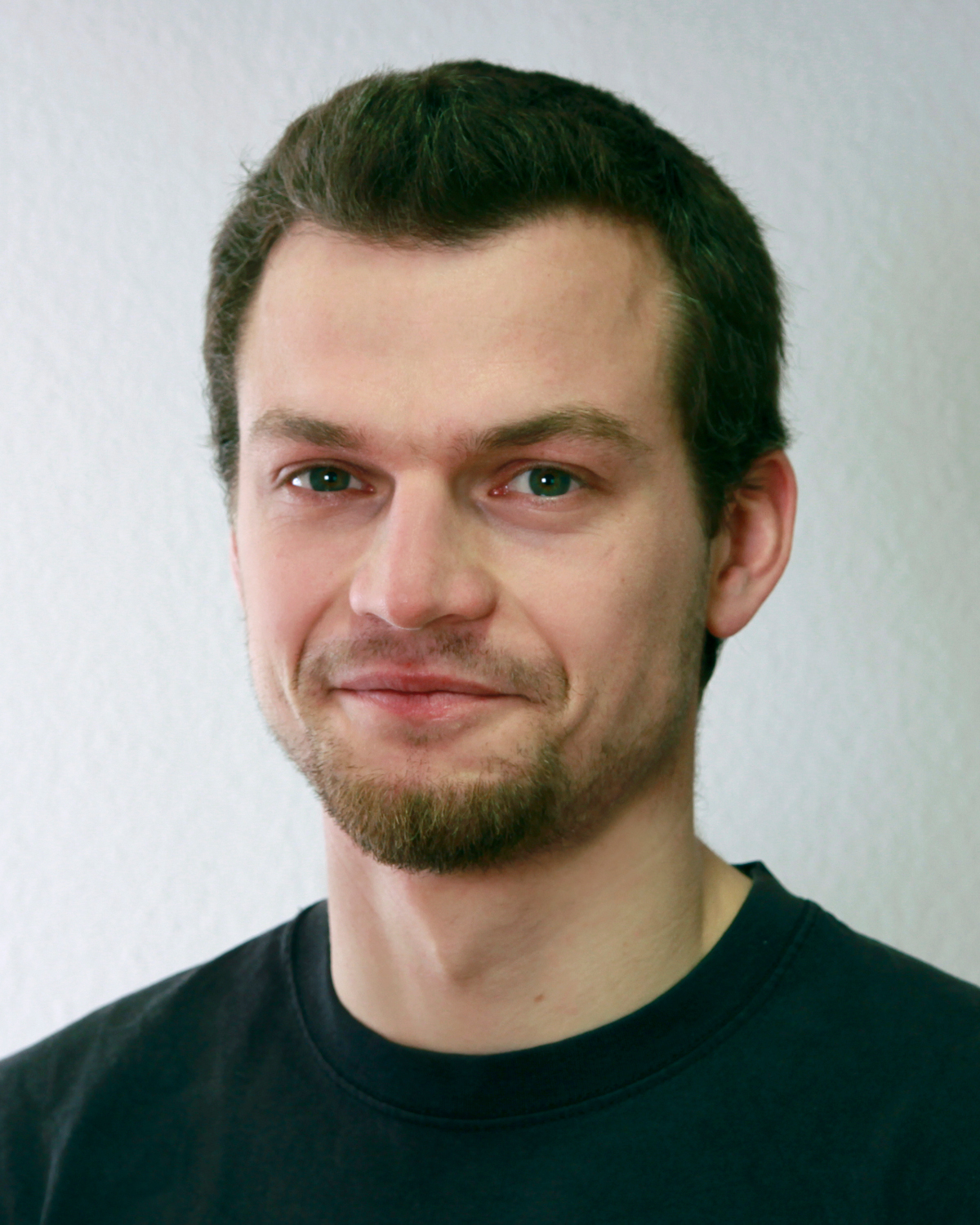
Thomas was awarded the H.E.S.S. prize for his numerous and highly valuable contributions to H.E.S.S. in the past few years. He played, in particular, a major role in the maintenance of the H.E.S.S. data acquisition system (DAQ), and contributed to the development and implementation of a mono classification scheme for the large telescope (CT5), which is the basis of the low-energy real-time analysis (RTA). This classification provides the fast and reliable backbone for the mono RTA, used to trigger follow-up observations of known variable sources like Active Galactic Nuclei (AGN) or the recently detected Gamma Ray Burst GRB 190829A, and to search for emission from new transients. In addition to his technical contributions to the H.E.S.S. collaboration, he participated in the data analysis and interpretation of several astrophysical sources, such as the binary system PSR B1259-63 with H.E.S.S.-I and H.E.S.S.-II data. His most significant achievement in the past months was his role in the successful implementation of the HESS DAQ cluster upgrade, which will ensure continued stable and reliable operation of H.E.S.S. in the coming years.
Lars Mohrmann
Spring 2019 (Krakow Collaboration Meeting)
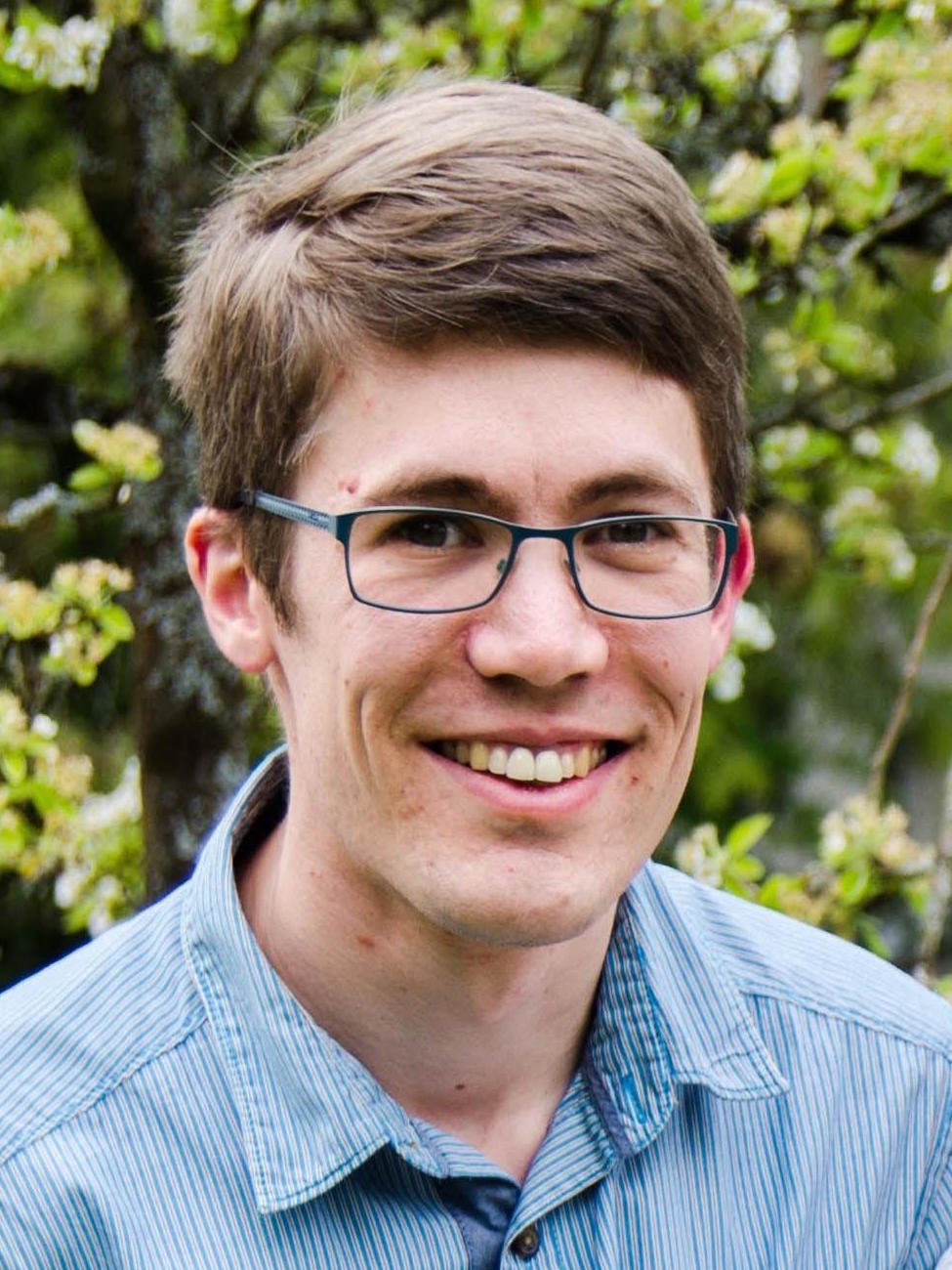
Lars has been awarded the H.E.S.S. prize for outstanding contributions to characterising the HESS-II instrument and shaping the reconstruction and analysis pipeline of the array. He served as one of the key developers of the H.E.S.S. analysis pipeline HAP, coordinating the implementation and systematic testing. It is to a large extend his achievement that HAP keeps staying one of two competitive analysis frameworks to produce high-impact science results. Lars was also one of the main contributors to an upcoming publication on the performance of the HESS-II array. In this effort, many spin-off developments, from which the whole collaboration benefits every day, were driven by him, including the combined analysis in HAP and a new standard tool for data quality selection. Besides these activities, he is one of the key persons preparing for the analysis of H.E.S.S. data with open source tools such as gammalib/ctools and gammapy. Accompanying his many technical contributions are numerous analysis tasks which he is actively involved in like the search for Galactic PeVatrons and the discovery of TeV pulsed emission from the Vela pulsar.
Jean-Philippe Lenain
Fall 2018 (Marseille Collaboration Meeting)
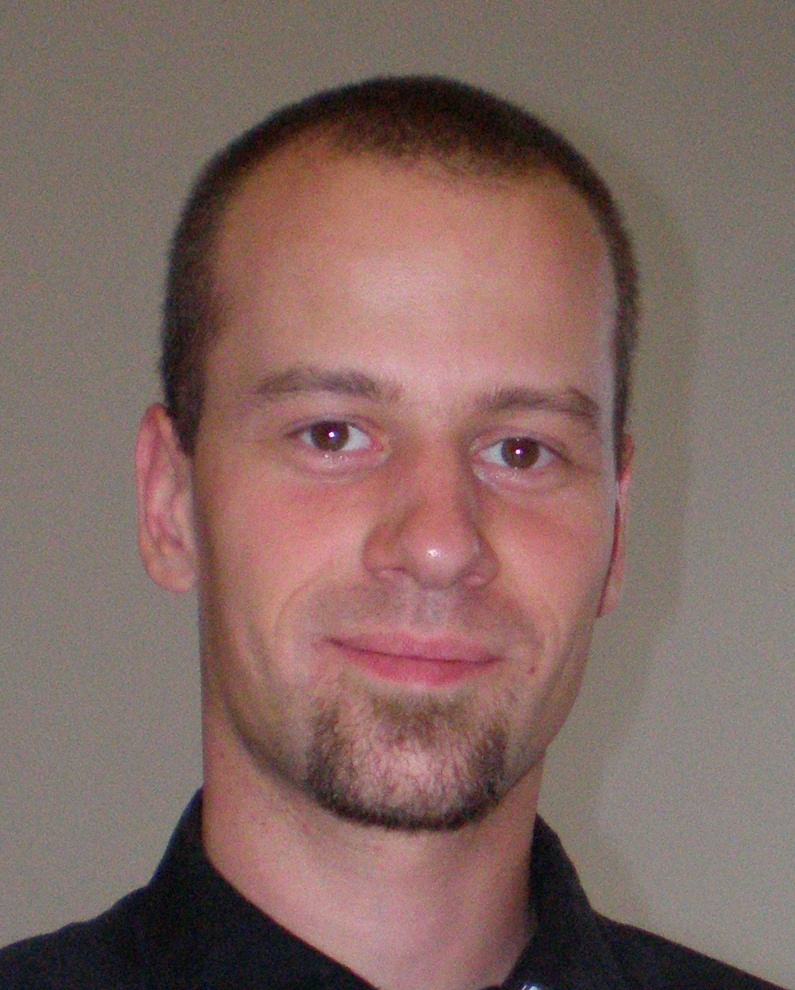
Jean-Philippe Lenain has always dedicated a significant part of his time to maintain and develop general tools for HESS collaboration and, this way, provided excellent support to the collaboration. He had transferred the HESS simulation framework to the international EGI GRID computing facility, and supports the production of simulated data. In parallel, he created programs dedicated to the automated survey of Fermi-LAT data for triggering target-of-opportunity HESS observations. As a service task more closely related to the detector, Jean-Philippe always scrutinized the quality of the collected data and contributed deeply to their calibration. He has supervised the development of tools dedicated to the survey of the performance of the real time analysis pipeline. He made a significant contribution to the development of run wise simulations which boosted the reliability of our physics results. He was also actively involved at the startup of CT5 and pushed the analysis teams to obtain the first HESS publication with this new instrument with a minimal time delay from the start of CT5 operations. More recently, Jean-Philippe has adapted simulation tools to take into account the new setup of the HESS 1 telescopes, and he is preparing the simulations for the eventual installation of the FlashCam prototype in the CT5 focal plane. His very strong and continuous support to the HESS collaboration is a key ingredient of our ability to publish high impact papers.
Clemens Hoischen
Spring 2018 (Amsterdam Collaboration Meeting)
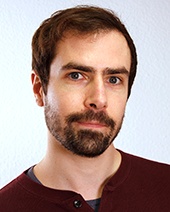
Clemens Hoischen has been awarded the H.E.S.S. Prize for his path-finding leadership of the H.E.S.S. transients program. Clemens designed and implemented a new, more flexible transient alert system, which is based on the VO standard and replaced the old GCN alerter in September 2016. The VO alert system receives external alerts, processes and filters them, and initiates prompt follow-ups of the alerts. Clemens connected H.E.S.S. to multiple sources of alarms (IceCube and Antares for neutrinos, Ligo/Virgo for gravitational waves), opening up completely new possibilities for the transients physics programs, which resulted in 2017 in the follow-up observations of the gravitational wave neutron star-neutron star merger and the follow up of the neutrino event IC-EHE-170922. In both cases, H.E.S.S. was the first VHE instrument to be on target. Thanks to Clemens, today H.E.S.S. has a modern and flexible transient system, unparalleled in ground-based Cherenkov astronomy and state-of-the-art compared to other wavelengths. In addition, Clemens also developed and established data unblinding and analysis strategies for transient sources, and initiated the systematic analysis and planned publication of all GRB data that has been taken since 2012. Since 2017 he leads the H.E.S.S. transients envelope task, which is responsible for the coordination of all transient-related activities.
Daniel Gottschall
Fall 2017 (Erlangen Collaboration Meeting)
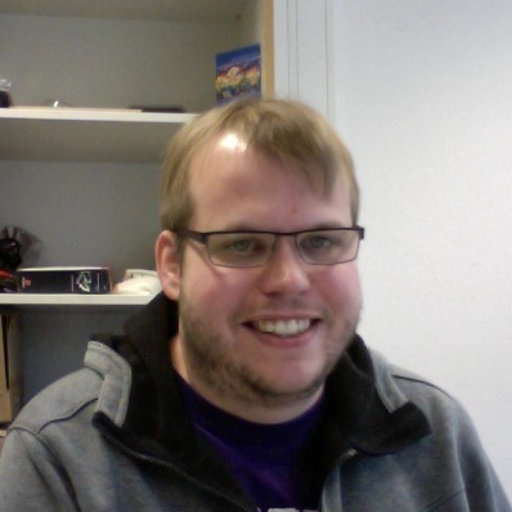
During his time as a Ph.D. student in Tübingen, Daniel has been responsible for the actuator system of the large (28 m) H.E.S.S. II telescope, CT5, including maintenance, tests and alignment campaigns, and the corresponding analysis activities. He also prepared and performed all necessary actions concerning the mirror alignment system so that the collaboration can now point CT5 in reverse mode significantly faster to a new source than in traditional slewing modes. This is of great value specifically for GRB observations. Daniel also happily took over the task of monitoring the point spread function of the 12-m telescpoes CT1-4 after the University of Hamburg stepped down from that responsibility. In 2017, Daniel took over the responsibility of leading the effort to exchange all mirrors of CT3 with spare mirrors. This comprised both the on-site hardware as well as the control and analysis software of the alignment system. He furthermore led the maintenance of the mirror test facility, and, in addition, contributed significantly to analysis tasks for the H.E.S.S. I legacy paper on TeV supernova remnant shell candidates.
Markus Holler
Spring 2017 (Paris/Palaiseau Collaboration Meeting)

Markus Holler's most outstanding contribution to H.E.S.S. was the tremendous work he did in the development of a new paradigm, namely the Run Wise Simulations. This new simulation framework not only paves the way towards improved control of systematic effects, thereby opening new science cases such as the measurement of the extension of the Crab Nebula, but will very likely have a very large impact on the future of VHE gamma‐ray astronomy in general. Markus Holler was hired primarily for an ambitious project aiming at measuring the Galactic Diffuse Emission in VHE gamma‐rays. This is very challenging and requires in particular to significantly improve the understanding the of instrumental background systematics, and thus to develop new background determination/subtraction techniques. A more precise simulation of the instrument was quickly identified as the central element in these investigations. Markus led this task with enthusiasm, pertinacity and efficiency, and with a great care of precision. He successively incorporated many effects such as non‐operational pixels, actual calibration, effect of telescope dead‐time on event multiplicity, and actual tracking of the telescopes. He devoted a huge amount of work on the comparison between Monte Carlo and real data. At the end, we have now a much more precise simulation of the instrument, which opens up new possibilities previously out of reach: the almost perfect understanding of the PSF, for instance, enables extension measurements with great confidence (e.g. Crab Nebula). Last but not least, the success of this approach raised large interest in the community, as future instruments such as CTA will probably have to adopt Run Wise Simulations for optimal scientific return. In addition, Markus is serving as deputy‐convener of the Analysis & Reconstruction WG. He provided many cross‐check analyses and contributed to an incredibly large number of tasks. He is also very well considered in the collaboration for his kindness, his abilities to share his work and willingness to help.
Gianluca Giavitto
Fall 2016 (Heidelberg Collaboration Meeting)
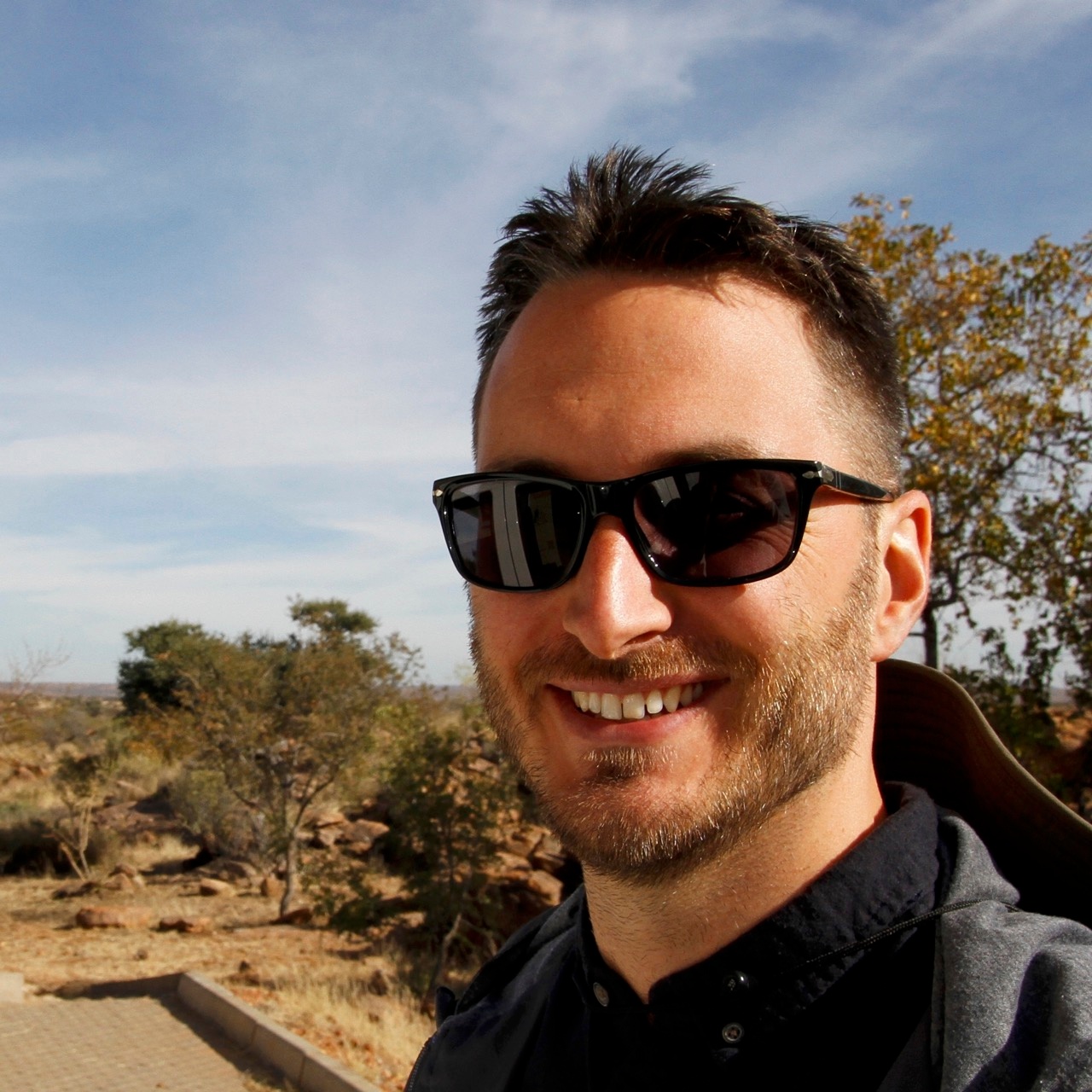
Gianluca was awarded the H.E.S.S. prize especially for the upgrade of the H.E.S.S.-I cameras. He has worked extensively on both the software and hardware of the cameras during their development and integration, becoming the de facto technical coordinator of the upgrade project. Moreover, he has greatly contributed to the Science output of the large (28 m) telescope of H.E.S.S. Phase II by participating in the discovery of the pulsed emission from the Vela Pulsar.
Heike Prokoph
Spring 2016 (Växjö Collaboration Meeting)
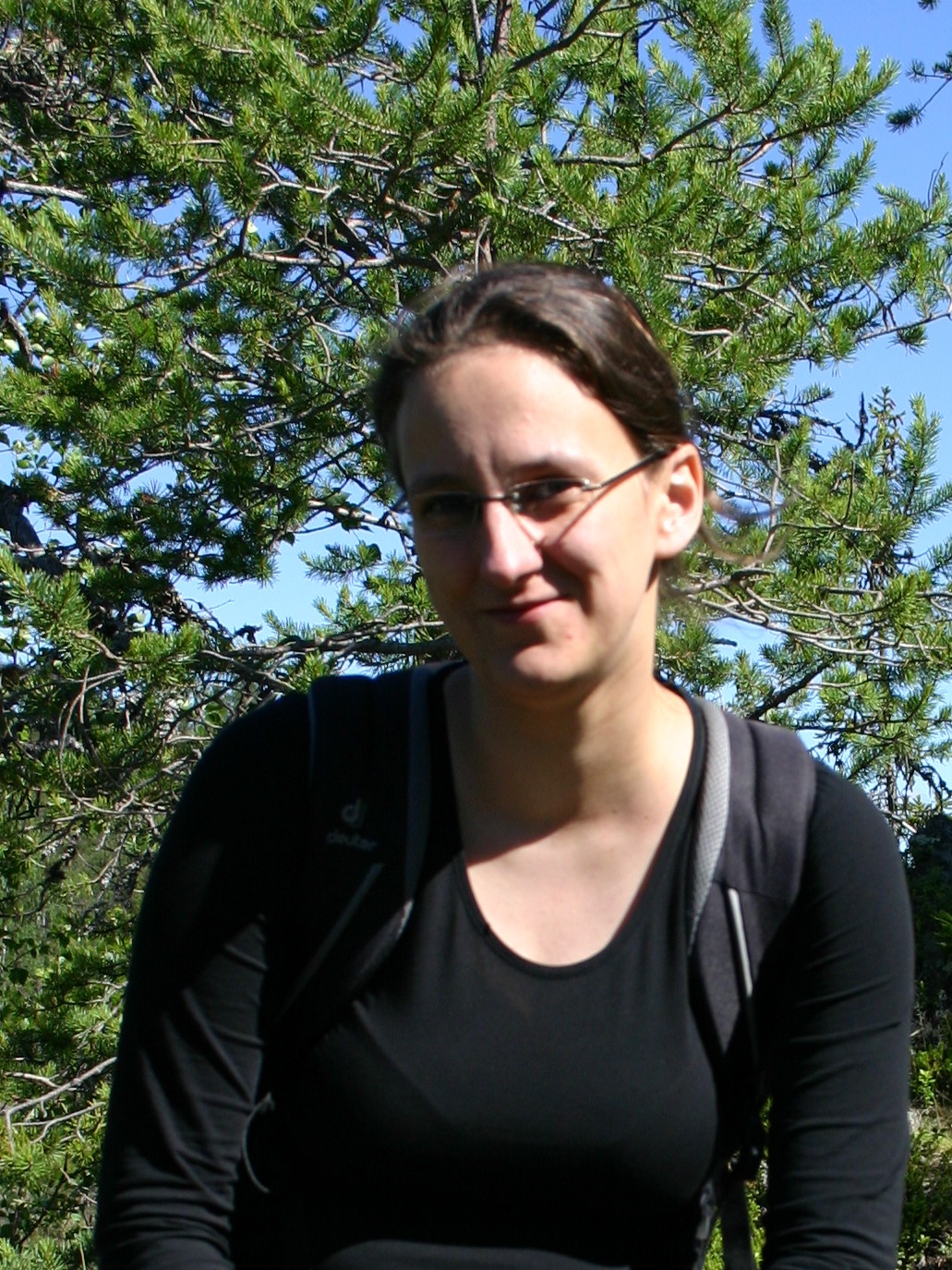
Heike made outstanding contributions to the H.E.S.S. experiment on topics bridging various working groups, from instrument, via analysis and reconstruction to the Extragalactic science working group. She was co-leading an effort to solve a large discrepancy at low energies between the two Monte-Carlo simulation chains that are used in H.E.S.S. Understanding this discrepancy ultimately allowed us to analyse and publish the high-impact paper on the Vela Pulsar emission observed with the H.E.S.S.-II telescope. Heike also shaped the H.E.S.S. target-of-opportunity programme in a major way, which is now one of the cornerstones of the H.E.S.S. science operations in the multi-messenger era.
Stefan Ohm
Fall 2015 (Parys Collaboration Meeting)
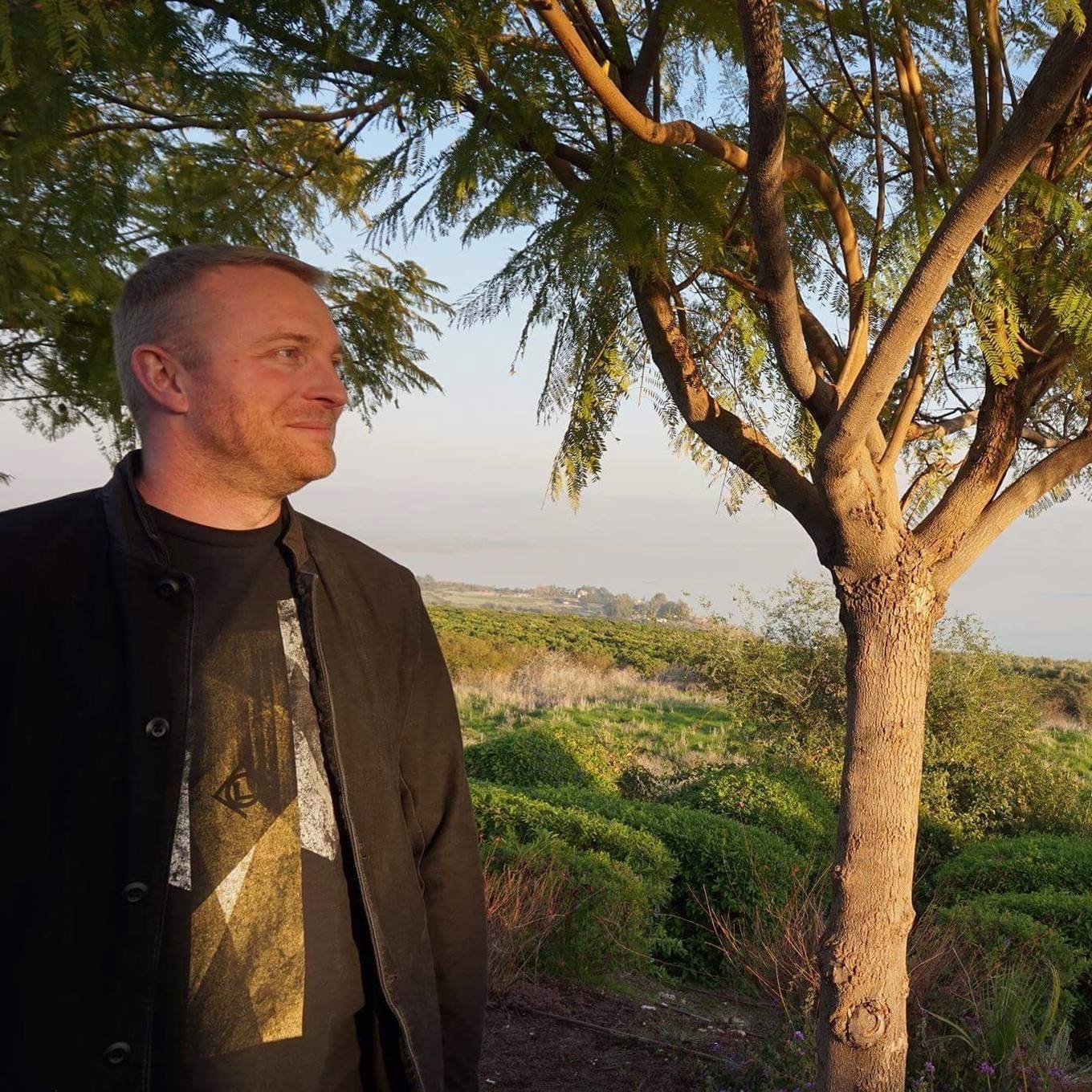
Stefan Ohm has been a highly valued and active contributor to H.E.S.S. data analysis, simulations and astrophysics since 2007, working at the Max Planck Institute for Nuclear Physics in Heidelberg, the University of Leicester, and since 2014 at DESY Zeuthen. Stefan’s many contributions include improvements to the techniques for background rejection, improvements to the real time science data analysis for H.E.S.S. and gamma-ray studies of many systems involving massive stars and/or star-forming regions.
Vincent Marandon
Spring 2015 (Paris/Meudon Collaboration Meeting)
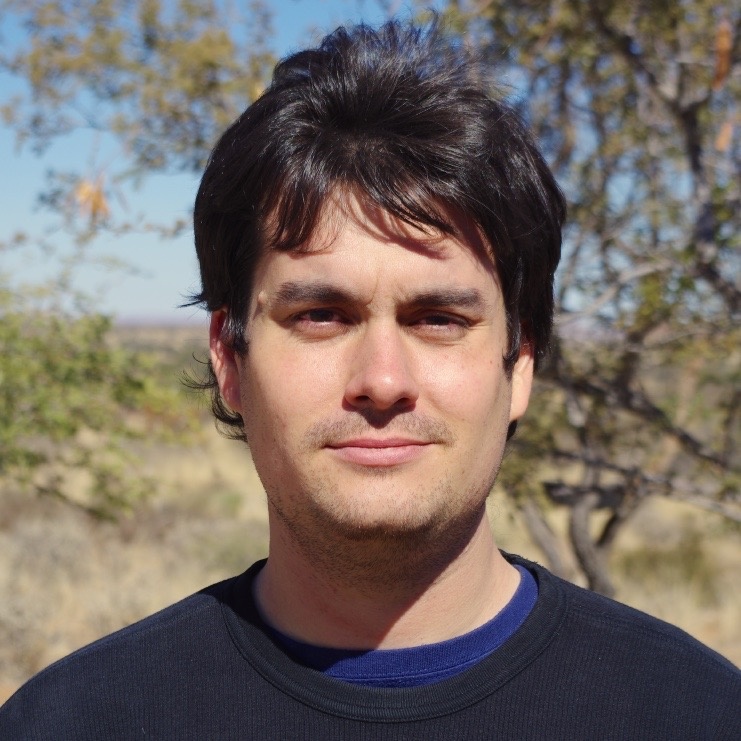
Vincent Marandon has been the main responsible person for the calibration of H.E.S.S. data in Germany, which is crucially important for data analysis from both H.E.S.S. I and H.E.S.S. II. Vincent has spent 3 years of full time work in Heidelberg on maintaining the calibration of H.E.S.S. I data as well as defining new calibration strategies for H.E.S.S. II data. Over this time, Vincent has almost single handedly developed the calibration of H.E.S.S. II data in Germany, working closely with the French groups to try to identify issues with the new hardware along the way, including rapid variation in pedestal in some regions of the camera. It is safe to say that without Vincent's hard work no analysis of H.E.S.S. II data would be possible with the German calibration. In addition to his technical work, Vincent has worked on a wide range of scientific topics. These include work on the H.E.S.S. galactic plane survey, as well as exploiting this data for the Supernova Remnant and Pulsar Wind Nebula population studies. He has also made detailed comparisons between the results of the Heidelberg analysis chain and other analysis chains while cross checking the analysis of the supernova remnants W49B and W51C.
Petter Hofverberg
Fall 2014 (Warsaw Collaboration Meeting)
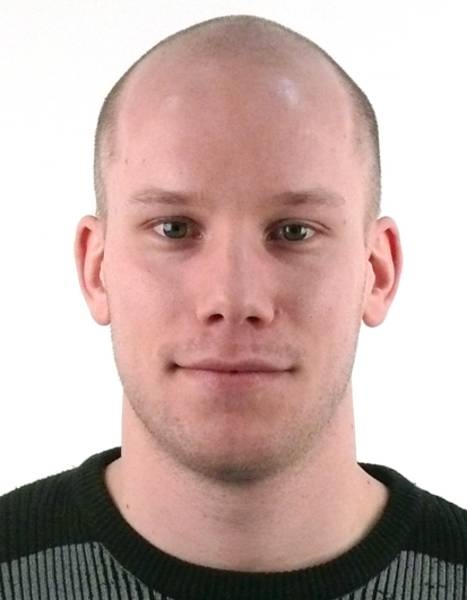
Petter Hofverberg has been the main responsible person for the challenging drive system of the 28 m telescope CT5, that in particular allows the fast slewing essential for GRB observations. Petter spent well over a year in Heidelberg testing the drive hardware and developing the high-level control software. He then prepared the commissioning of the drive system including detailed work plans and testing software, followed by a two-month stay in Namibia where he installed and tested all hardware components, got the back-up drive system up and running, configured low level control software, performed first drive tests with the back-up drive system, implemented the drive system in the DAQ, tested the entire system and performed first CT5 observation runs. Follow-up visits to Namibia served for optimizing the performance of the drive system, training people on site to use the system, and implementing a number of speed-up features for GRB alerts. Petter also provided the documentation of the drive system, was trouble-shooting problems during observation, and supported the on-site crew, often during night time. Petter’s enormous engagement, and his technical, programming and organizational skills were essential for the smooth and efficient commissioning of the 28 m telescope.
François Brun
Spring 2014 (Potsdam Collaboration Meeting)
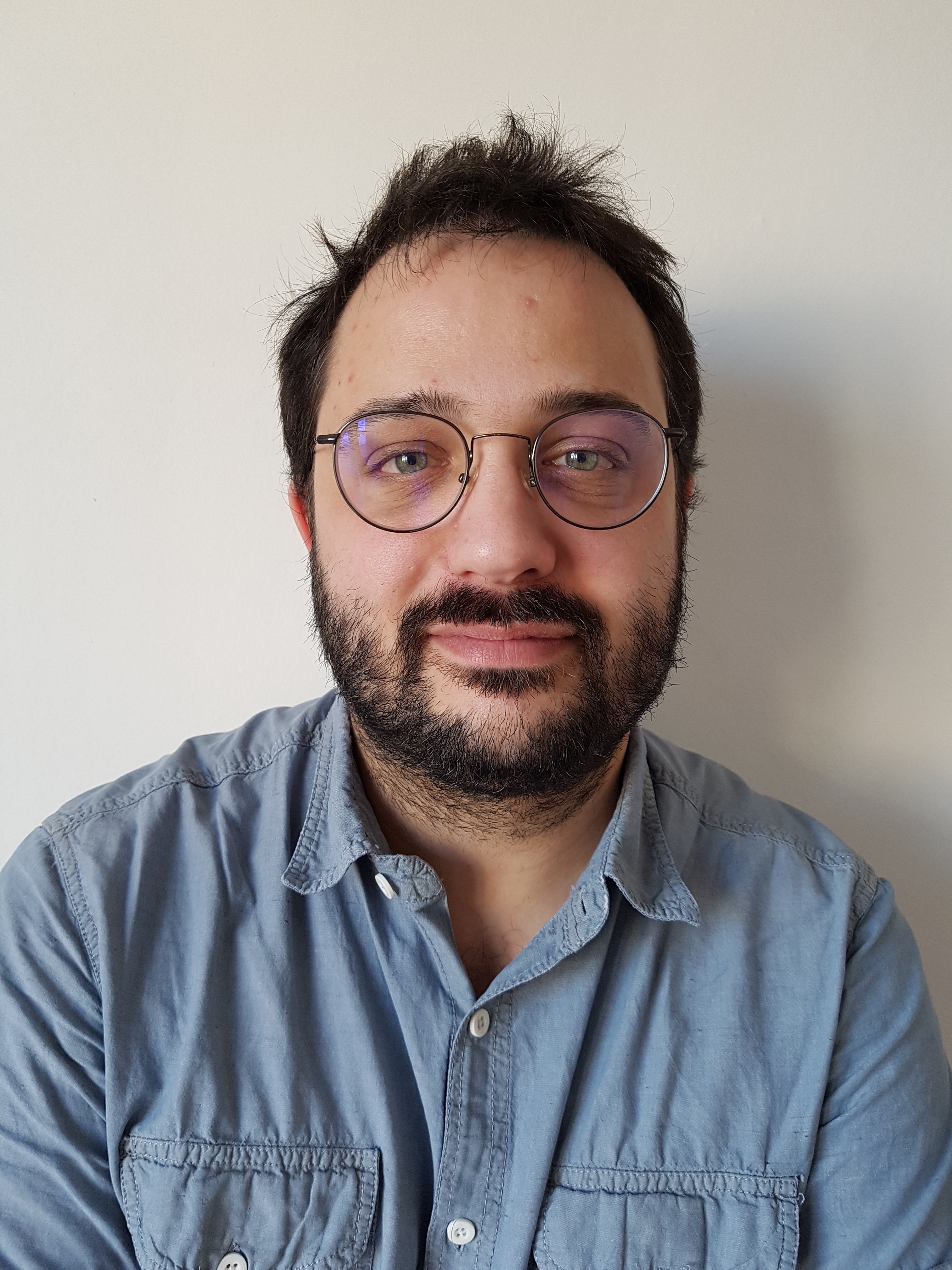
François Brun made important contributions both to the commissioning and the analysis tools for the large (28 m) H.E.S.S. telescope, CT5. He was responsible for the Central Trigger system during the installation of CT5 and had to adapt the Central Trigger to allow the operations of CT5 together with the smaller telescopes. As the central trigger expert, he played a major role in the campaign leading to the first light of H.E.S.S. II array. He also worked on the calibration of H.E.S.S. I cameras and was able to identify and correct the cause of common mode noise in the pedestals. On the analysis side, François Brun has developed tools for the H.E.S.S. Galactic Plane Survey analysis. He has also developed original methods to identify variable sources of time-scales larger than a minute in H.E.S.S. fields. As a member (and former co-convenor) of the analysis and reconstruction working group, where he plays a major role, he has provided a support to a large number of on-going analyses.
Arnim Balzer
Fall 2013 (Bordeaux Collaboration Meeting)
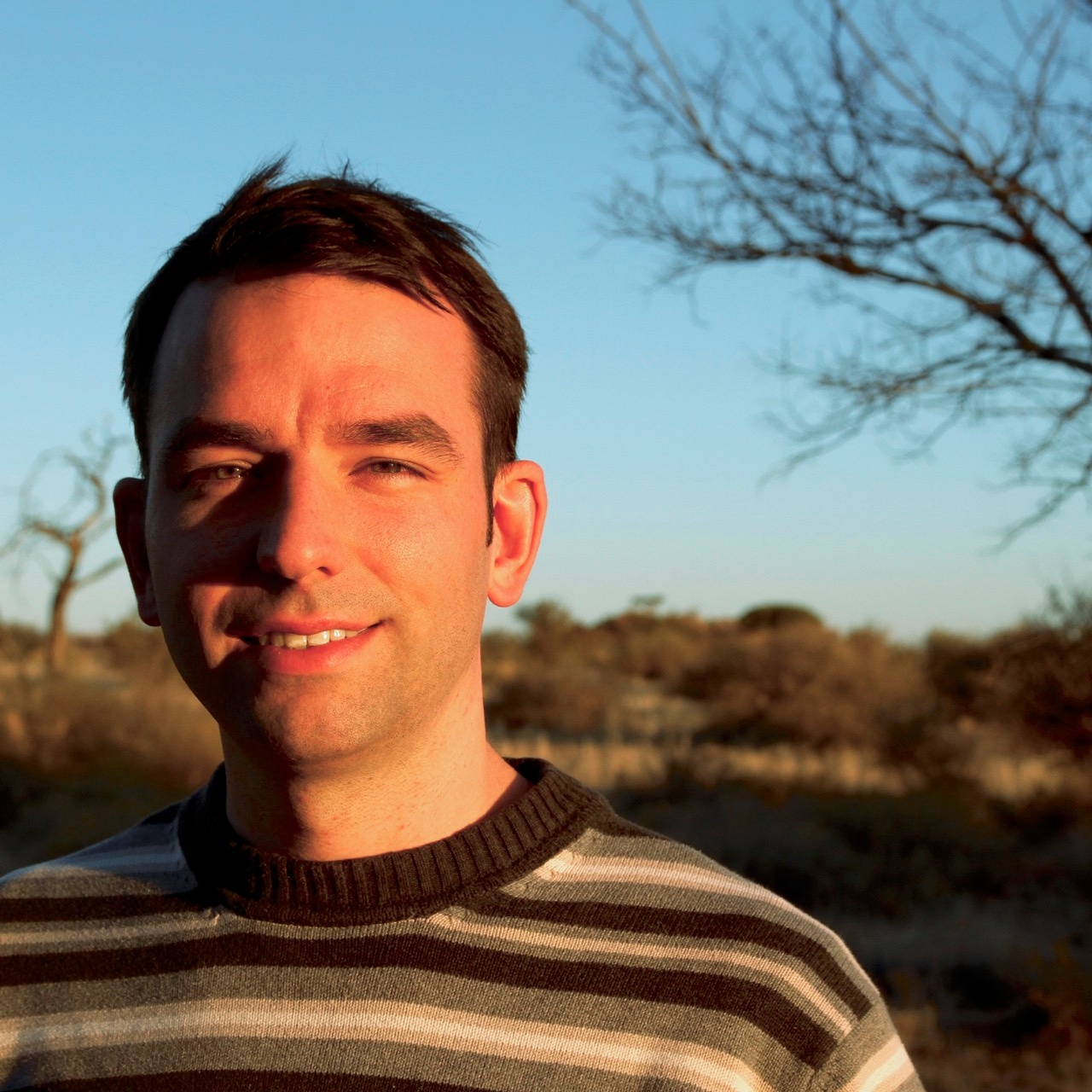
Arnim Balzer has served as the core data acquisition and array control system expert of the H.E.S.S. telescope system during his PhD and postdoc position in H.E.S.S. He has contributed significantly to on-call expert shift work, to the commissioning of the H.E.S.S. phase-2 system, and to the optimisation of the rapid follow-up system of external triggers. Arnim has also contributed to the H.E.S.S. data reconstruction framework and analysed the H.E.S.S. Crab nebula data recorded during a GeV flare measured with the Fermi-LAT telescope.
